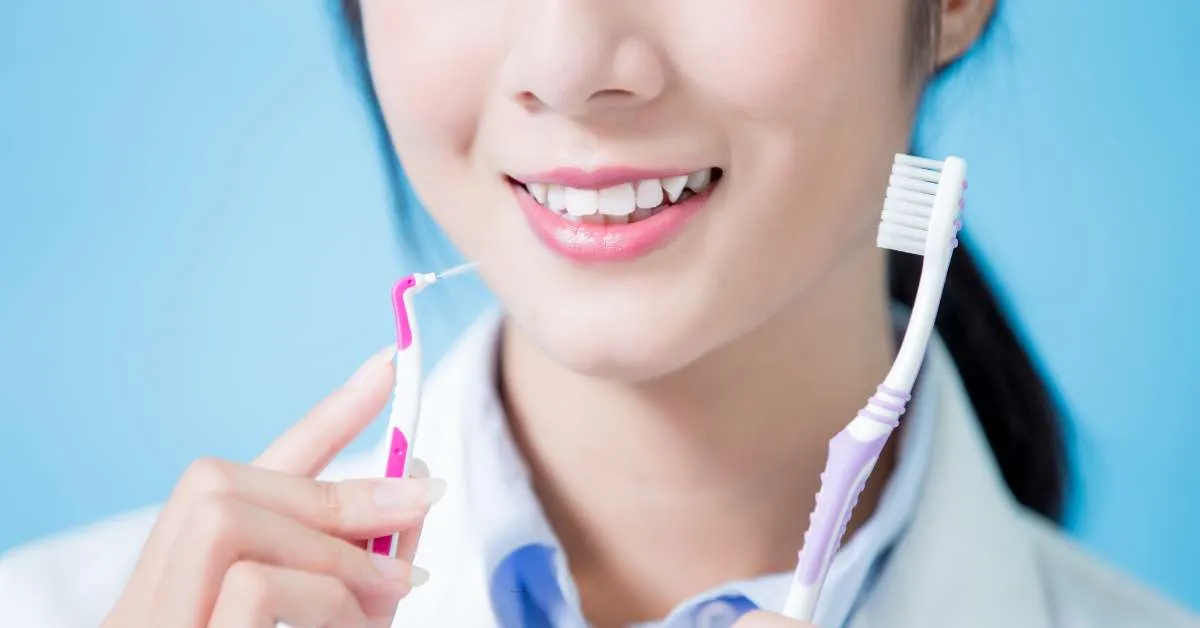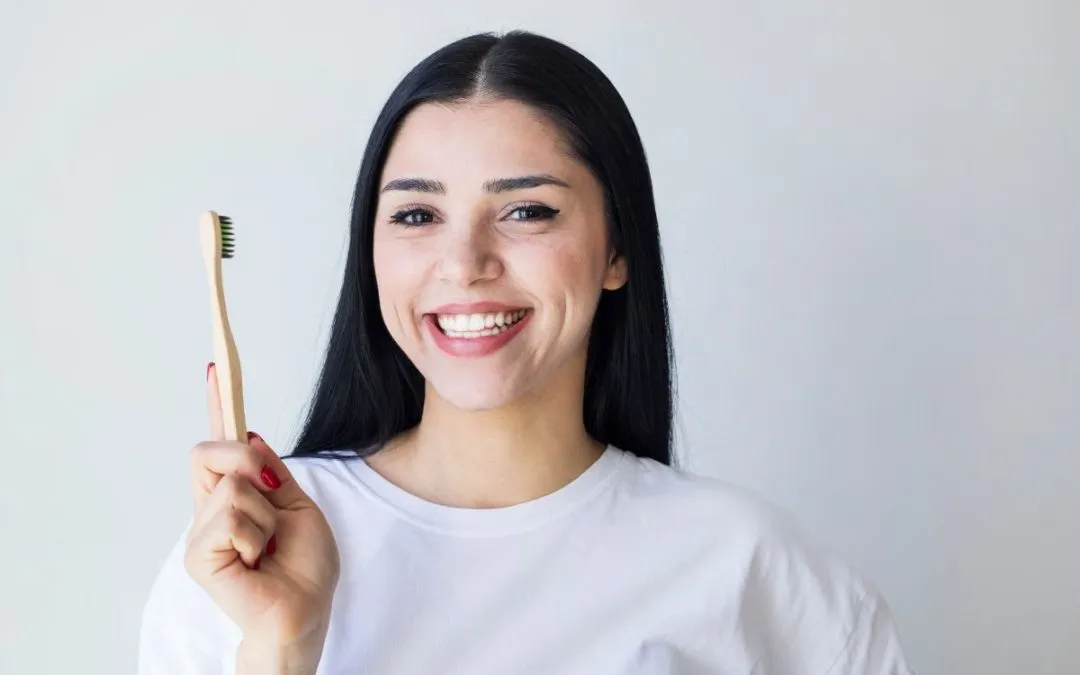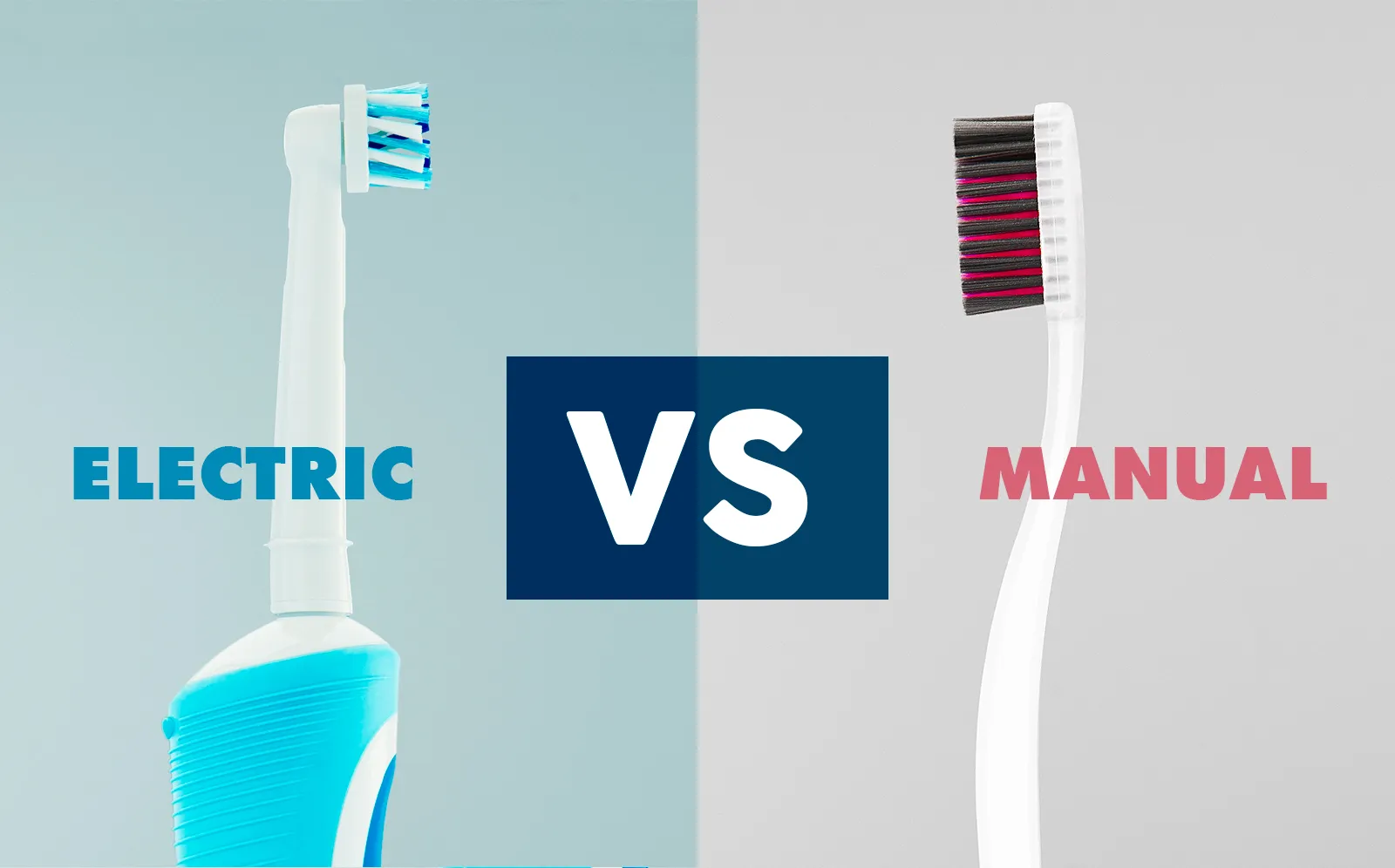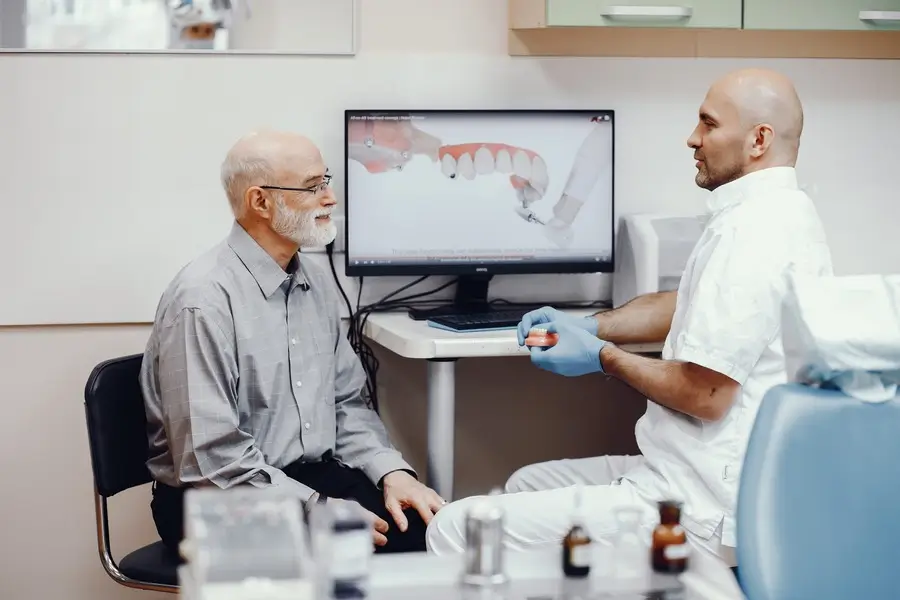If you have to think about it, you’re not alone. Most people can’t remember the last time they swapped out their old toothbrush for a new one. It’s easy to forget after all, your toothbrush is something you use every day without much thought. But over time, the very tool that keeps your mouth clean can actually become a breeding ground for bacteria and lose its effectiveness.
Your toothbrush plays a vital role in maintaining your oral health. Yet, like any tool, it needs to be maintained and replaced regularly to do its job properly. Old, frayed, or dirty toothbrushes don’t just clean less effectively they can also contribute to gum irritation, enamel damage, and even illness. In this article, we’ll explain how often you should replace your toothbrush, why it’s important, and how to take care of your toothbrush to keep it in top condition. By the end, you’ll understand how this simple habit can make a major difference in your dental health.
Replacing your toothbrush regularly is one of the simplest yet most overlooked steps in maintaining good oral hygiene. While it might seem minor, using an old toothbrush can actually work against your dental health. Here’s why it’s so important to change your toothbrush on time.
Over time, the bristles of your toothbrush begin to wear down and lose their shape. When this happens, they can no longer reach between teeth or clean along the gumline effectively. Even if you’re brushing twice a day, you may not be removing plaque and food debris as efficiently as you think. Ineffective cleaning can lead to plaque buildup, cavities, and gum inflammation.
Every time you brush, bacteria, food particles, and moisture can become trapped in your toothbrush bristles. While rinsing helps remove some debris, bacteria can multiply over time especially if your brush doesn’t dry completely between uses. Studies have shown that microorganisms, including harmful ones like E. coli and Streptococcus, can thrive on old toothbrushes. Regular replacement helps reduce the risk of reintroducing bacteria into your mouth each day.
When bristles become frayed or rough, they can cause irritation to your gums and even wear down enamel. This can make your teeth more sensitive and your gums more prone to recession or bleeding. A fresh toothbrush with soft, intact bristles ensures a thorough yet gentle clean every time.
Toothbrushes are designed for efficiency but only when they’re in good condition. Replacing your toothbrush regularly ensures that you’re cleaning your teeth effectively and safely, preventing oral health problems before they start. Think of it as basic maintenance for one of your body’s most valuable tools your smile.

According to dental professionals, the general rule is to replace your toothbrush every 3 to 4 months. This recommendation comes from the American Dental Association (ADA), which has found that toothbrush bristles lose their effectiveness after this period, even with regular care.
However, some people may need to replace their toothbrushes sooner, depending on their brushing habits and health conditions. Here’s when you should replace your toothbrush more frequently:
When Bristles Appear Frayed or Bent
If you notice that the bristles are spreading out, bending, or looking fuzzy, it’s time for a new toothbrush even if it hasn’t been 3 months yet. Frayed bristles can’t reach tight spaces between your teeth and may cause gum irritation.
After Being Sick
If you’ve recently had a cold, flu, strep throat, or any other illness, replace your toothbrush as soon as you recover. Germs can linger on toothbrush bristles, increasing the risk of reinfection. This is especially important if your toothbrush is stored near others in the same household.
If There’s Buildup or Odor
A toothbrush that smells bad, feels sticky, or has buildup at the base of the bristles should be replaced immediately. This could indicate bacterial growth or mold, both of which can be harmful to your health.
For Electric Toothbrush Users
Electric toothbrush heads should be replaced on the same schedule every 3 to 4 months. Since they often have smaller heads and softer bristles, they may wear out even faster than manual brushes.
Signs It’s Time to Replace Your Toothbrush
Sometimes it’s not just about time your toothbrush gives you visible and sensory clues that it’s past its prime. Here are the most common signs:
Splayed or uneven bristles
Bristles that fan outward are no longer cleaning effectively.
Discoloration
Yellow or brown tint on the bristles can indicate buildup or age.
Bad smell
Any odor coming from your toothbrush means bacteria are present.
Gum discomfort
If brushing feels rough or your gums bleed more than usual, your toothbrush may be too worn.
Less effective cleaning
When your teeth don’t feel as smooth or clean after brushing, it’s time for a replacement.
If you notice any of these signs, don’t wait until the 3-month mark replace your toothbrush right away.
How to Care for Your Toothbrush Between Uses
Proper toothbrush care helps keep it clean and extends its lifespan. Here are some essential care tips:
Rinse Thoroughly After Each Use
After brushing, rinse your toothbrush under running water to remove toothpaste, food particles, and debris. Gently shake off excess water to help it dry more quickly.
Store Upright and Let It Air Dry
Store your toothbrush in an upright position, such as in a holder or cup, so the bristles can air dry completely. Avoid laying it flat or storing it in a closed container, as moisture encourages bacterial growth.
Avoid Sharing Toothbrushes
Even with close family members, sharing toothbrushes is never recommended. It can transfer bacteria, viruses, or infections from one mouth to another.
Keep It Away from the Toilet
If your toothbrush is stored in the bathroom, make sure it’s as far away from the toilet as possible. Each flush can release tiny droplets into the air that may settle on nearby surfaces including your toothbrush. Consider keeping it in a cabinet or covered holder for extra protection.
Don’t Use Harsh Cleaners
Some people try to disinfect their toothbrushes with mouthwash or even boiling water, but this can damage the bristles. A simple rinse and proper air drying are sufficient for keeping your toothbrush clean.
Choosing the Right Toothbrush for You
Selecting the right toothbrush makes a big difference in maintaining oral health. Here’s how to choose one that best suits your needs:
Choose Soft Bristles
Dentists recommend soft-bristled brushes for most people because they clean effectively without damaging gums or enamel. Medium or hard bristles can cause gum irritation and enamel erosion over time.
Consider an Electric Toothbrush
Electric toothbrushes are excellent for improving brushing technique, especially for people who brush too quickly or with too much pressure. They provide consistent motion and can remove more plaque compared to manual brushing when used correctly.
Find the Right Brush Head Size
Choose a brush head that comfortably fits in your mouth and can reach all areas, including the back molars. For children, smaller brush heads are recommended.
Stick to Trusted Brands or Dentist Recommendations
Look for toothbrushes with the ADA Seal of Acceptance, which ensures they meet safety and quality standards. Your dentist can also recommend brands or types suitable for your unique oral needs.
What Happens If You Don’t Replace Your Toothbrush
Neglecting to replace your toothbrush regularly can lead to several oral health problems. Here’s what can happen if you keep using an old brush:
Plaque and Tartar Buildup
As bristles wear down, they fail to remove plaque efficiently. Over time, this plaque hardens into tartar a rough substance that can only be removed by a dental professional.
Cavities and Gum Disease
Ineffective brushing means bacteria linger on your teeth and gums. This can lead to tooth decay, gum inflammation (gingivitis), and even periodontal disease if left untreated.
Bad Breath
A dirty or old toothbrush can harbor bacteria that cause halitosis (chronic bad breath). Even regular brushing won’t help if your toothbrush itself is contaminated.
Increased Risk of Infection
If your toothbrush is harboring bacteria or mold, you may be reintroducing those germs into your mouth with each use, potentially causing oral or even systemic infections.
Dull, Stained Teeth
When plaque isn’t removed effectively, teeth can appear dull or yellow over time. Replacing your toothbrush regularly helps maintain a bright, clean smile.
Tips to Remember Replacement Time

Even though replacing your toothbrush only takes a few seconds, it’s surprisingly easy to forget when it’s due. Most people don’t track the last time they swapped their brush, which means they could be brushing with a worn-out, ineffective tool for months. To help you stay on track, here are several easy and creative ways to remember when it’s time to replace your toothbrush:
Mark Your Calendar or Set a Digital Reminder
One of the simplest and most reliable ways to stay consistent is to schedule a reminder.
Use your phone’s calendar or reminder app to set a notification every three months.
Many smart toothbrush apps (like those from Oral-B or Philips Sonicare) can track brushing habits and even alert you when it’s time to replace your brush head.
You can also jot the date on your bathroom mirror or keep a small sticky note inside your cabinet as a quick visual cue.
This small step ensures that your toothbrush never overstays its welcome.
Replace at the Start of Every Season
Linking toothbrush replacement with the change of seasons makes it easy to remember.
New toothbrush for winter, spring, summer, and fall simple and routine.
As the weather changes, so should your toothbrush!
This not only keeps your oral hygiene on track but also adds a fresh, seasonal feel to your self-care routine.
Change After Illness
If you’ve recently had a cold, flu, sore throat, or any viral infection, replace your toothbrush right after recovery.
Bacteria and viruses can linger on toothbrush bristles, potentially causing reinfection. Even if you disinfect your brush, it’s best not to take chances. A new toothbrush ensures a completely clean start and helps protect your immune system.
Stock Up in Advance
Keep a few extra toothbrushes or electric brush heads at home so replacements are always ready.
Buy in bulk or keep a 3–6 month supply in your bathroom drawer.
If you have a family, store each person’s backup brush in a labeled container or color-code them for easy recognition.
Having replacements on hand removes any excuse for delaying a change and helps maintain good hygiene for everyone in the household.
Link It with Dental Visits
A great way to stay consistent is to coordinate your replacement schedule with your dental checkups.
Most people visit the dentist every six months replace your toothbrush halfway between visits.
You can also ask your dentist to give you a new toothbrush at each appointment and note that as your starting point.
This creates a simple system that keeps your brush fresh and your oral health on track year-round.
Visual Cues in the Bathroom
Sometimes, visual reminders are more effective than digital ones.
Keep your new toothbrushes in clear view so you’re reminded when your current one starts looking old.
Store your toothbrush upright this makes it easier to notice when the bristles start bending or discoloring.
A quick glance can tell you when it’s time for a replacement.
Use Color or Design Changes as Motivation
Switching colors or styles can make the process more fun especially for kids.
Choose a different color each time you replace your brush to track the change visually.
Parents can make it exciting for children by letting them pick a new toothbrush with their favorite cartoon character every few months.
These small, enjoyable changes help build consistency and positive habits from an early age.
Combine Replacement with Other Household Routines
Pairing toothbrush replacement with an existing habit can help reinforce it.
Change your toothbrush every time you replace your air filters, restock vitamins, or change your razor blade.
If you use a subscription service for household items, add toothbrushes to your regular delivery.
By linking it with familiar tasks, it becomes second nature.
Keep a Spare in Your Travel Kit
Travel toothbrushes often get overlooked but they also need regular replacement. Keep a spare toothbrush in your travel bag and update it along with your home toothbrush. This ensures you’re always using a clean brush wherever you go.
Turn It into a Family Challenge
Make toothbrush replacement a family activity!
Create a small reward system for example, whoever remembers first gets to choose the next movie or dessert.
Families can even mark “Toothbrush Day” on the calendar every few months.
Turning it into a friendly challenge keeps everyone engaged in maintaining good oral hygiene habits.
Conclusion
Replacing your toothbrush every three to four months might seem like a small, insignificant task, but in reality, it plays a vital role in your overall oral health. Your toothbrush is the first line of defense against plaque, bacteria, and food buildup tools that, when neglected, can compromise your oral hygiene routine. A clean, well-maintained toothbrush ensures that every brushing session effectively removes plaque, keeps your gums healthy, and prevents harmful bacteria from accumulating in your mouth.
When you use a worn-out or frayed toothbrush, you’re not just reducing its cleaning power you may also be unknowingly causing harm to your teeth and gums. Dull, bent bristles can scratch enamel, irritate delicate gum tissue, and fail to reach hidden areas where bacteria thrive. Over time, this can lead to problems like cavities, gum disease, and bad breath. By simply replacing your toothbrush on schedule, you can easily prevent these issues and maintain a brighter, cleaner smile.















